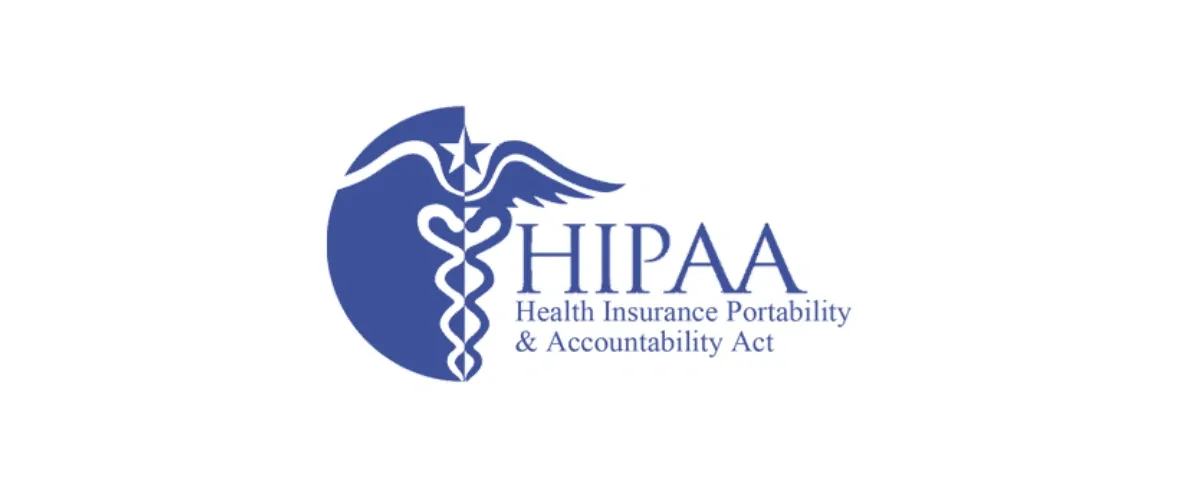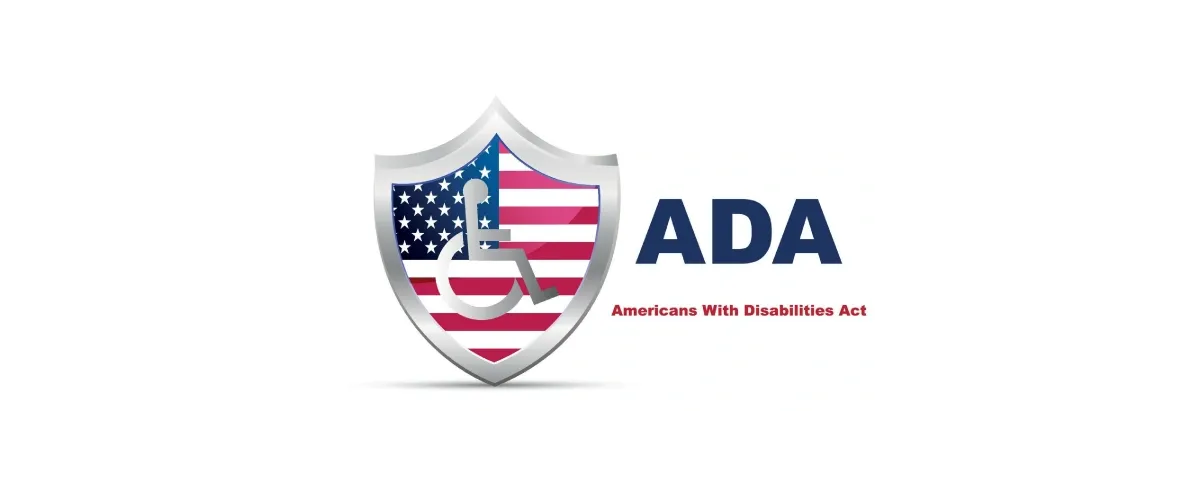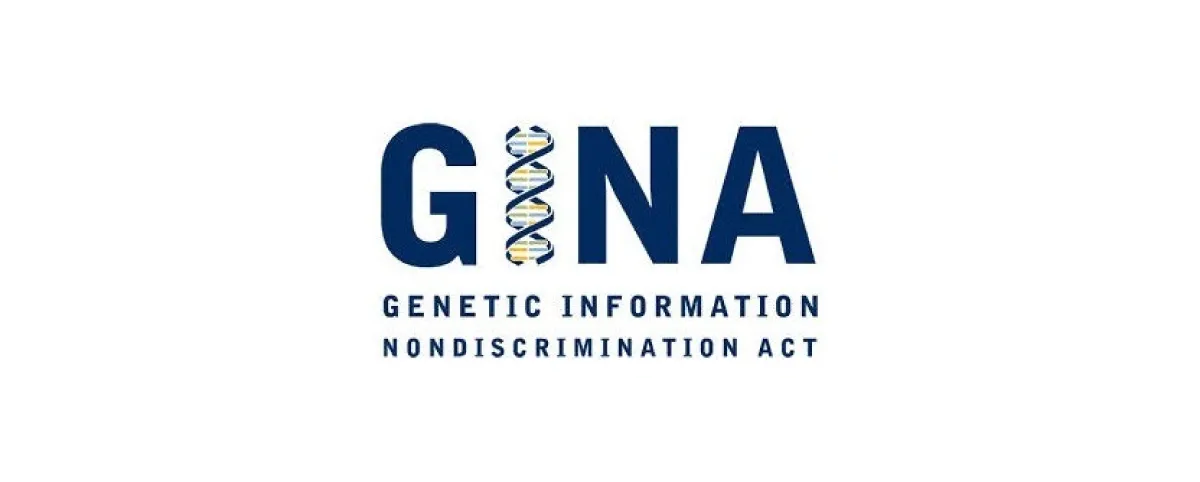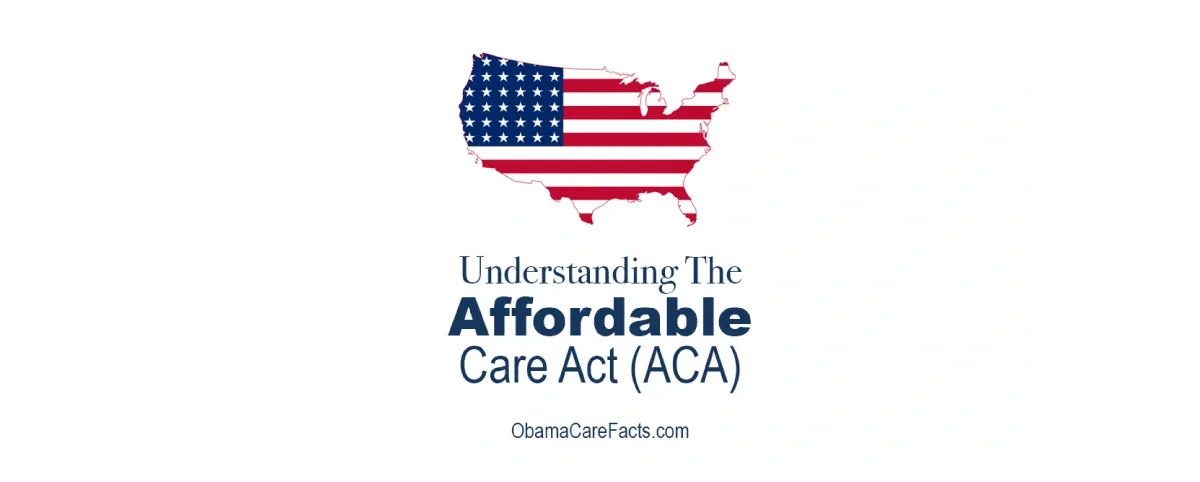Workplace Wellness Program Regulations Every Employer Must Know
Workplace wellness programs are becoming a standard part of employee benefits. They help employers support physical and mental health while also improving retention, morale, and healthcare outcomes.
But as these programs expand, so does the need for compliance. Many employers launch initiatives without realizing that they may fall under federal regulations. Some of the most common include HIPAA, the ADA, GINA, and the ACA. Each law comes with specific rules on privacy, participation, and fairness.
The risk of ignoring these laws is real. In recent years, several organizations have faced legal challenges, not because of intent, but because of how their programs were structured.
If your wellness initiative includes health assessments, biometric targets, or financial incentives, it is essential to know which rules apply. Understanding the regulatory landscape will help you reduce risk and build a program that employees trust.
In the sections that follow, we explain how wellness programs are classified and what that means for compliance. We also examine the major U.S. regulations that employers need to understand.
How Your Program Type Dictates the Rules

The first step in wellness program compliance is knowing what kind of program you are running. It is not just a label, it determines which regulations apply. It also affects how you design incentives, collect data, and communicate with employees.
There are two main types of wellness programs. The first is a participatory program. The second is a health-contingent program. Each comes with a different set of requirements.
Participatory Programs
Participatory programs are the least complex from a legal standpoint. These programs do not require employees to meet a specific health goal. Rewards are offered simply for taking part, not for hitting a biometric target or showing medical improvement.
Examples include:
-
Joining a step challenge
-
Attending a mental health webinar
-
Using a mobile app to log meals or water intake
-
Completing a meditation or mindfulness session
-
Participating in a sleep hygiene workshop
In a participatory program, all employees can participate. There are no eligibility limits based on health status. You do not need to collect biometric data, provide alternative standards or justify your reward design.
However, some rules still apply:
Programs must remain voluntary, employers cannot pressure employees to participate.
Any collected data must be secure and must not influence employment decisions.
Most initiatives that focus on engagement rather than outcomes fall into this category.
Health-Contingent Programs

Health-contingent programs work differently. These programs reward employees for achieving or maintaining a specific health outcome. That could mean lowering cholesterol.
It could mean achieving a healthy BMI. It could also mean quitting smoking or reducing blood pressure.
Regulators apply stricter rules to these programs because they tie rewards to results. They are subject to federal standards under both HIPAA and the ACA. To stay compliant, employers must meet five specific criteria.
Annual opportunity: Employees are entitled to at least one annual opportunity to qualify for the full reward. You cannot limit participation to specific times or groups.
Reasonable design: You must design the program to promote health or prevent disease. It cannot create unnecessary barriers. It should be achievable for most participants.
Incentive limits: Rewards must stay within legal limits. For most programs, that means no more than 30 percent of the total cost of self-only health coverage. For tobacco cessation programs, the cap increases to 50 percent.
Reasonable alternatives: If an employee cannot meet the health standard due to a medical condition, you must offer a reasonable alternative. That could be a health education course. It could be a physician-approved plan. The key is flexibility.
All materials must clearly state that alternatives are available. You must explain how employees can request them. Make sure this information is not in fine print. It must be easy to find and understand.
This classification often creates confusion. For example, a program that offers rewards for completing a biometric screening may seem participatory. But if rewards depend on the results of that screening, the program becomes health-contingent.
Also Read: The Ultimate Guide to Health Contingent Wellness Programs
Misclassification is one of the most common compliance risks. If you offer incentives, make sure you understand what type of program you are operating. That decision affects which rules apply and what you are responsible for as an employer.
Wellness Program Regulations U.S. Employers Must Know
Once you identify the type of wellness program you are offering, the next step is understanding which federal laws may apply. These regulations are not limited to healthcare providers or insurance companies.
Many of them apply directly to employers, especially if your program includes incentives, health assessments, or medical information.
Below are the key U.S. regulations that employers should know before launching or expanding a wellness initiative.
HIPAA (Health Insurance Portability and Accountability Act)

HIPAA plays two roles in wellness program compliance. Non discrimination and data privacy.
Under HIPAA, wellness programs that are part of a group health plan must follow rules that prevent discrimination based on health status. Pay special attention to health-contingent programs that tie rewards to medical outcomes.
HIPAA also regulates how health information is collected, used, and stored. If you offer your program through a group health plan and collect biometric data or medical history, you may trigger additional rules. In that case, you may be subject to HIPAA's privacy and security requirements.
That means you must protect the data using administrative, technical, and physical safeguards. You must also ensure that any third parties handling the data, such as wellness vendors, comply with the same standards.
If your program is stand-alone and not part of a group health plan, HIPAA privacy rules may not apply. Still, it is best practice to treat all health-related data as sensitive and handle it accordingly.
ADA (Americans with Disabilities Act)

Many employers overlook the ADA in wellness compliance, but it plays a critical role. It prohibits employers from discriminating based on disability. It also restricts medical inquiries in the workplace.
Under the ADA, any wellness program that asks employees to disclose health conditions or undergo medical exams must meet specific criteria. The most important requirement is that the program must be voluntary.
Employees must not feel coerced to participate. Incentives must not be so significant that employees feel pressured to share medical information. Programs must also offer reasonable alternatives to employees who cannot meet program requirements due to a disability.
If your program includes health screenings or biometric goals. In that case, you must design it in a way that does not disadvantage employees with medical limitations.
GINA (Genetic Information Nondiscrimination Act)

GINA prohibits employers from requesting, requiring, or purchasing genetic information about employees or their family members. This includes family medical history.
Even asking a question in a health risk assessment, such as "Do you have a family history of heart disease?" may be a violation if paired with an incentive.
To stay compliant, avoid collecting any genetic data or family medical history. If you use third-party platforms or vendors to administer surveys or assessments, ensure their questionnaires follow the same rules.
ACA (Affordable Care Act)

The ACA outlines specific requirements for wellness programs that offer financial incentives. It distinguishes between participatory and health-contingent programs and sets limits on how much employers can reward or penalize employees based on health goals.
For health-contingent programs, the ACA sets a cap on incentives. The reward must not exceed 30 percent of the total cost of self-only health coverage. If you structure your program to reduce tobacco use, you may raise the cap to 50 percent.
In addition to the incentive limits, employers must provide:
-
An annual opportunity to qualify.
-
A reasonable alternative for employees who cannot meet a health goal.
-
Clear disclosure of the availability of that alternative.
These ACA requirements overlap with HIPAA and the ADA, which is why it's essential to consider them together when designing your program.
EEOC Guidance

The Equal Employment Opportunity Commission (EEOC) enforces both the ADA and GINA. Although it once set incentive limits, it rolled them back in recent years.
Current EEOC guidance emphasizes voluntariness. Programs must not be a condition of employment. They must not penalize non-participation. And they must not collect information in a way that discourages employees from opting out.
Even if your program seems compliant under the ACA, the EEOC may take a different view if the incentives appear coercive or discriminatory. Make sure your legal review accounts for both perspectives.
Checklist for Building a Compliant Wellness Program
A well-designed wellness program can improve health outcomes and employee engagement. But without compliance, it can also create legal exposure. Use this checklist to align your program with current federal requirements.
1. Know Your Program Type
Determine whether your program is participatory or health-contingent. This defines what laws apply and what steps you must take to stay compliant.
Participatory programs reward participation only
Health-contingent programs reward specific health outcomes
Misclassification leads to unnecessary risk.
2. Check Incentive Limits
If your program is health-contingent, make sure rewards follow ACA guidelines.
Keep incentives within 30 percent of self-only coverage
Increase up to 50 percent only for tobacco cessation
Do not offer overly large rewards that employees might perceive as coercive.
3. Maintain voluntariness
Participation must be optional. Employees should not feel pressured or penalized for opting out. Make sure the size of your incentive does not imply obligation.
4. Offer Reasonable Alternatives
If employees cannot meet health goals due to medical reasons, you must provide an alternative. Make these options easy to understand and access.
5. Handle Health Data Securely
If you collect medical or biometric data, review whether HIPAA applies even if it does not, and follow best practices. Store data securely. Limit access. Keep wellness data separate from employment files.
6. Avoid Collecting Genetic Information
Under GINA, you cannot request or incentivize family medical history. Even one question about a relative's health can create risk. Remove these from assessments and vendor tools.
7. Communicate Clearly

Your program must be easy to understand. Explain:
-
What participation involves
-
Explain how employees can earn rewards
-
That participation is voluntary
-
How to access alternatives
-
Clarify how you will use employee data
-
Avoid fine print. Be direct and transparent.
8. Review Vendors and Tools
If a vendor manages your program, ensure they follow the same compliance standards. Confirm how they collect and store data, deliver communications, and manage incentives.
9. Consult Legal Counsel
If your program includes health-related goals, financial incentives, or medical data, have it reviewed by legal or benefits counsel. Laws are complex and evolving; a review helps reduce exposure.
Final Thoughts
A wellness program can do more than boost morale or promote physical activity. When thoughtfully designed, it supports long-term health, improves participation, and aligns with business goals. But none of that matters if the program falls short on compliance.
You must understand how your wellness program interacts with federal laws. This includes structuring incentives correctly, handling data properly, and protecting employee choice. A compliant program builds trust and strengthens engagement from the start.
Vantage Fit gives you the tools to build wellness programs that meet regulatory standards and keep employees motivated. Request a demo to learn how we can support your compliance and employee well-being goals.
Frequently Asked Questions
What if an employee can't meet a health goal due to a medical condition?
You must provide a reasonable alternative. This could include an educational course, a doctor-approved plan, or another accessible option. Both the ADA and HIPAA require this.
How is the 30% incentive limit calculated?
You must calculate it based on the total cost of self-only coverage, including both your contribution and your employee's.
Can I charge smokers more for their health insurance?
Yes, if it's part of a compliant tobacco cessation program. The surcharge can be up to 50% of self-only coverage, but you must offer a way to avoid it, such as joining a cessation program.
Do all these rules apply if I offer a reward for filling out a health survey?
Not all. This is considered a participatory program, which faces fewer rules. However, it still must be voluntary under the ADA. Also, under GINA, you cannot collect genetic or family medical history.
What is the single biggest mistake employers make?
Including questions about family medical history in health surveys with rewards. This violates GINA and may lead to penalties.
Which platforms offer HIPAA-compliant wellness tracking for employees?
Options include Vantage Fit, Virgin Pulse, Limeade, and WellRight. These platforms support data security and health law compliance when set up correctly.





